Increased Energy Efficiency
Energy efficiency is becoming a critical focus within the DSC Solar Technologies Market. The development of innovative materials and designs has led to enhanced energy conversion rates, making DSC solar technologies more effective than traditional solar panels. Current advancements suggest that DSC technologies can achieve efficiencies exceeding 12%, which is a notable improvement. This increase in efficiency not only maximizes energy output but also appeals to consumers looking for reliable and effective solar solutions. As energy efficiency becomes a priority, the DSC Solar Technologies Market is likely to witness accelerated growth and adoption.
Supportive Regulatory Frameworks
The DSC Solar Technologies Market benefits significantly from supportive regulatory frameworks established by various governments. Incentives such as tax credits, rebates, and grants are designed to encourage the adoption of renewable energy technologies. Recent policies have been implemented to promote solar energy usage, which is expected to bolster the DSC Solar Technologies Market. For instance, several countries have set ambitious targets for renewable energy integration, which could lead to increased investments in DSC technologies. This supportive environment is likely to enhance market growth and foster innovation in the sector.
Cost Reduction in Solar Technology
Cost efficiency remains a pivotal driver in the DSC Solar Technologies Market. The continuous advancements in manufacturing processes and materials have led to a decrease in the overall costs associated with solar technology. Reports indicate that the cost of solar photovoltaic systems has dropped by nearly 80% over the past decade. This reduction makes DSC solar technologies more accessible to a broader audience, including residential and commercial sectors. As prices continue to decline, the DSC Solar Technologies Market is poised for expansion, attracting new investments and fostering competitive dynamics among manufacturers.
Rising Demand for Renewable Energy
The DSC Solar Technologies Market is experiencing a notable surge in demand for renewable energy solutions. This trend is largely driven by increasing awareness of climate change and the need for sustainable energy sources. According to recent data, the renewable energy sector is projected to grow at a compound annual growth rate of over 8% in the coming years. As consumers and businesses alike seek to reduce their carbon footprints, the adoption of DSC solar technologies is likely to rise. This shift not only aligns with The DSC Solar Technologies Industry.
Growing Awareness of Environmental Impact
There is a growing awareness of the environmental impact of energy consumption, which is driving interest in the DSC Solar Technologies Market. Consumers are increasingly seeking sustainable alternatives to fossil fuels, leading to a shift in energy consumption patterns. This heightened awareness is reflected in market trends, where a significant percentage of consumers express a preference for renewable energy sources. As environmental concerns continue to rise, the DSC Solar Technologies Market is expected to benefit from increased demand for eco-friendly energy solutions, further propelling its growth.


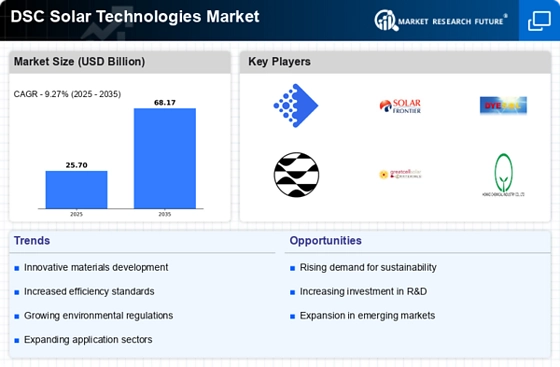
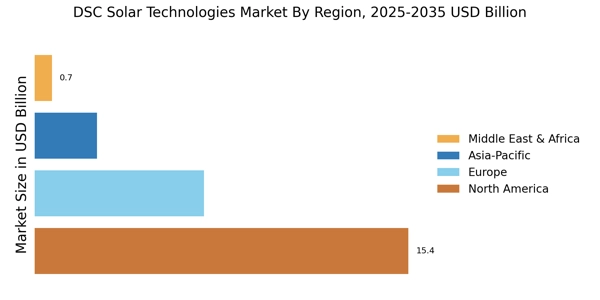
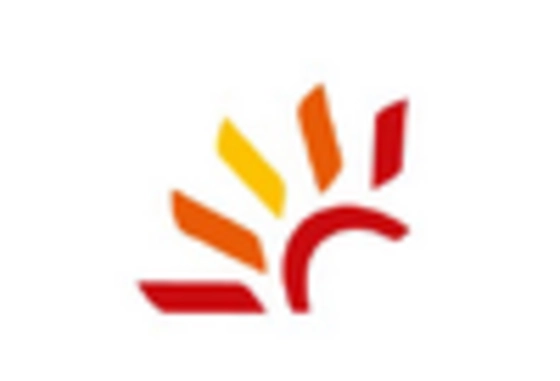
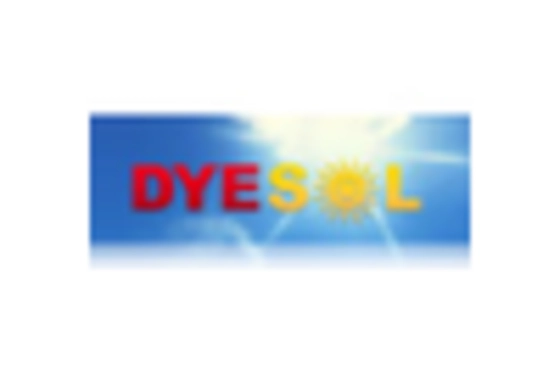
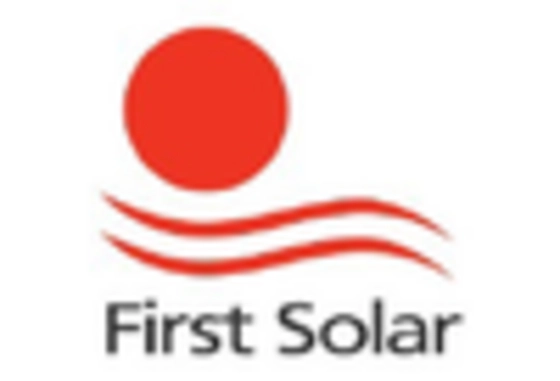
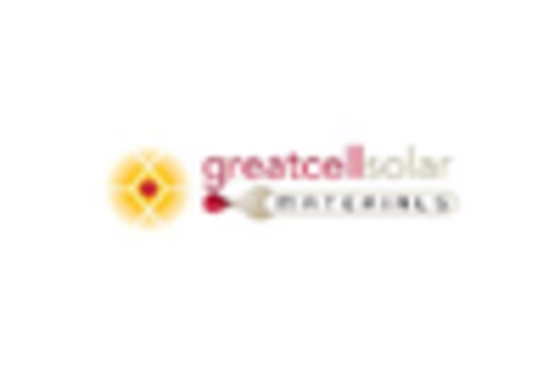
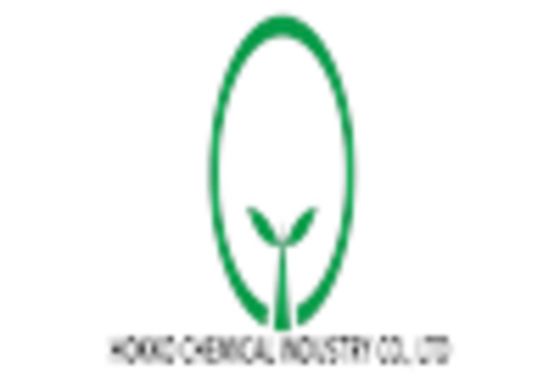
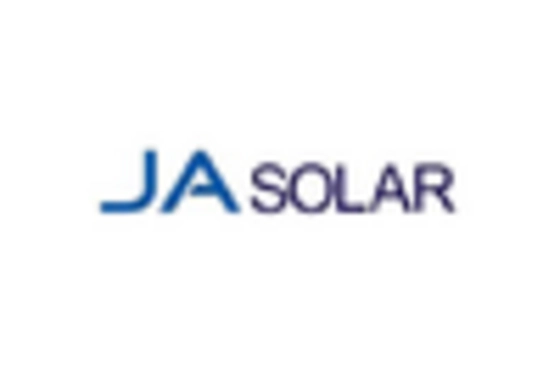
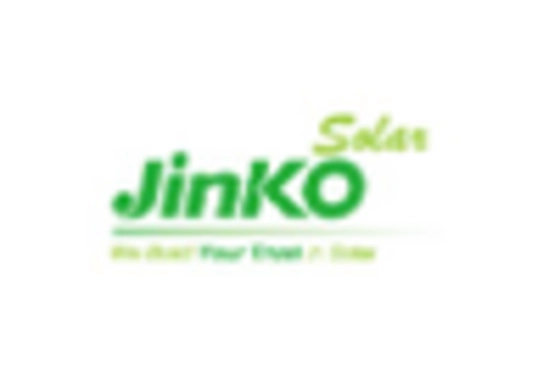
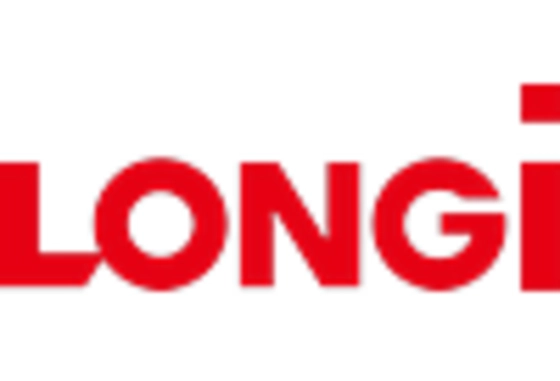
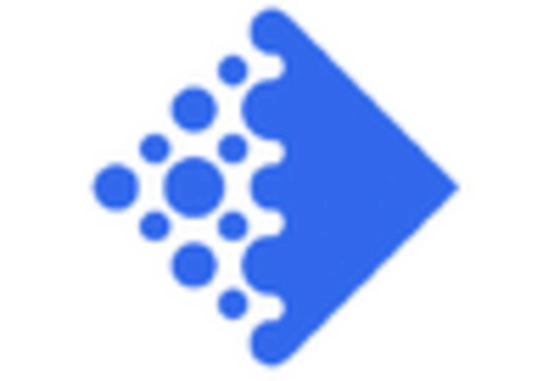
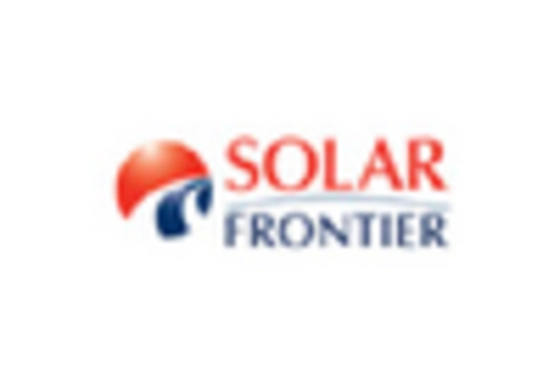
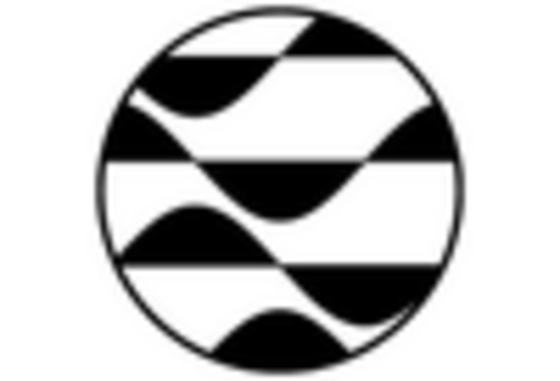
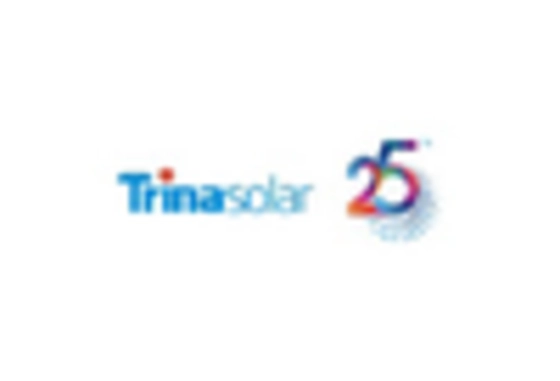








Leave a Comment